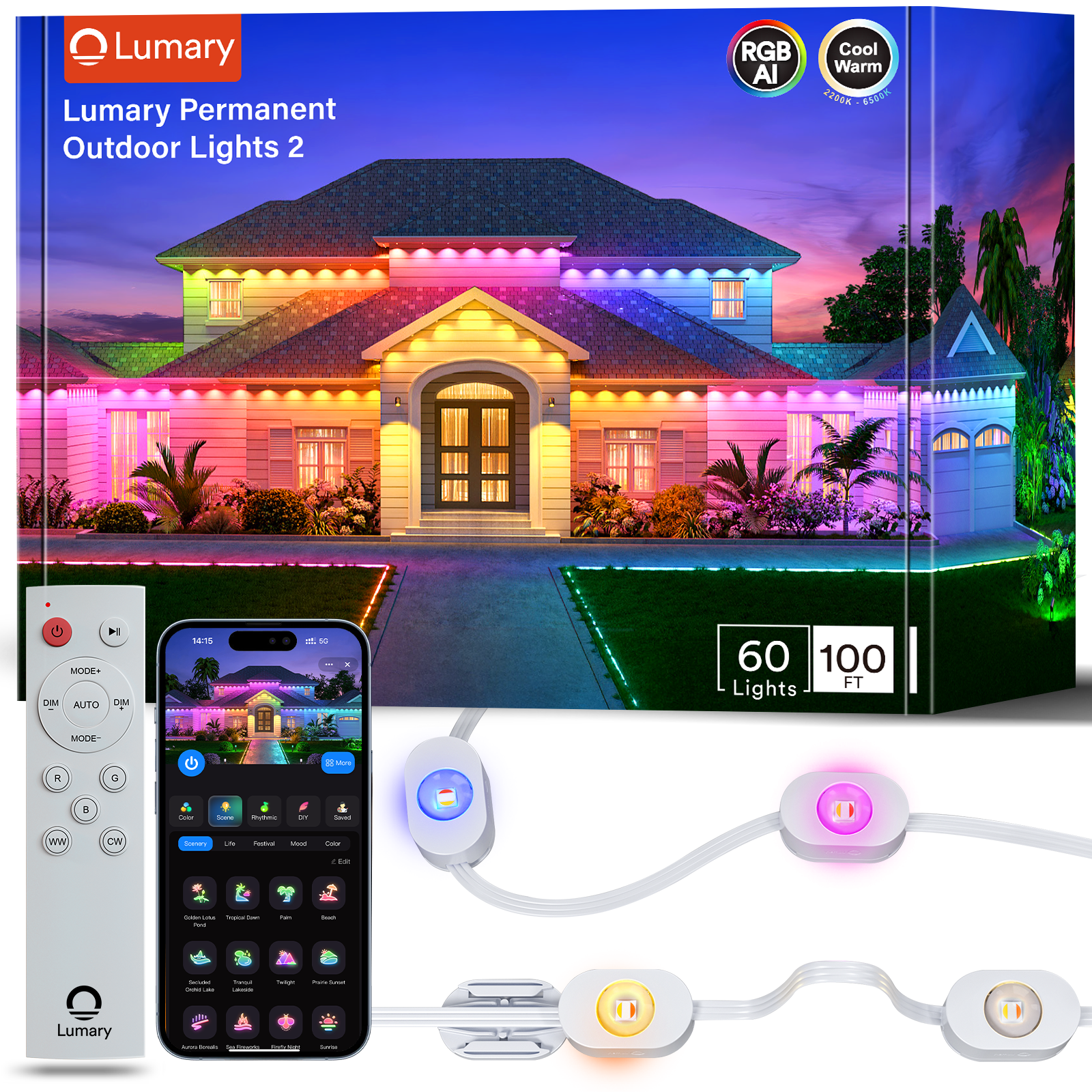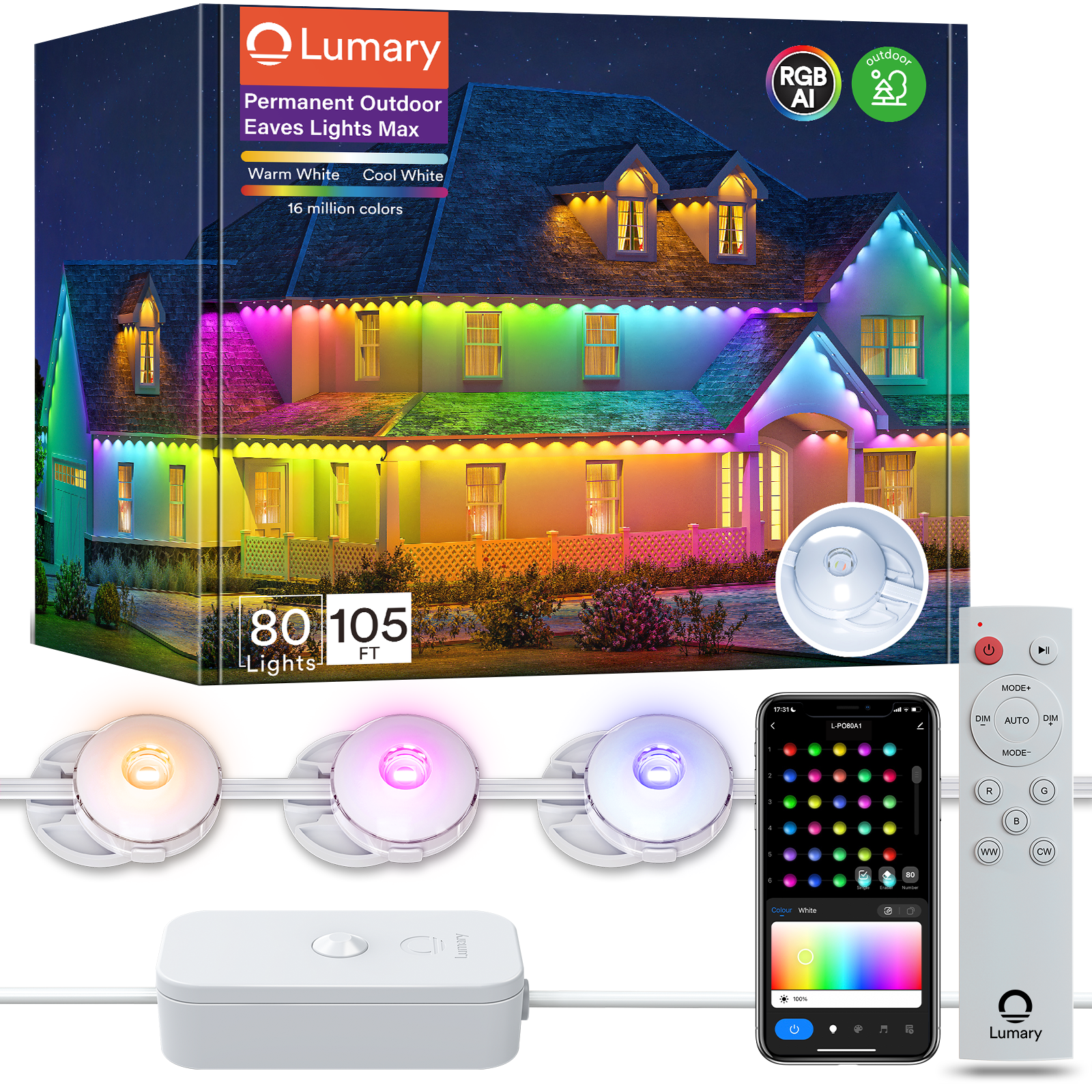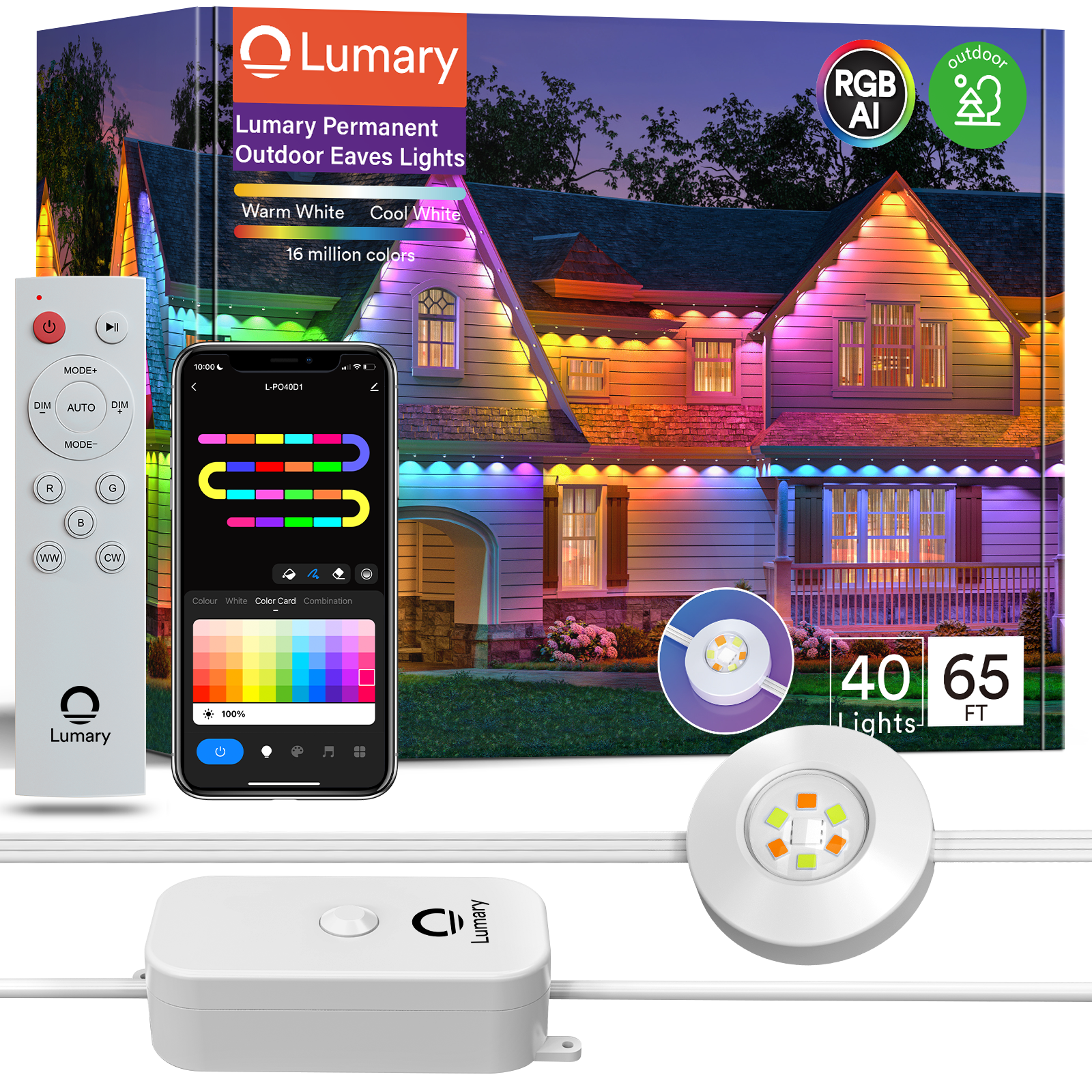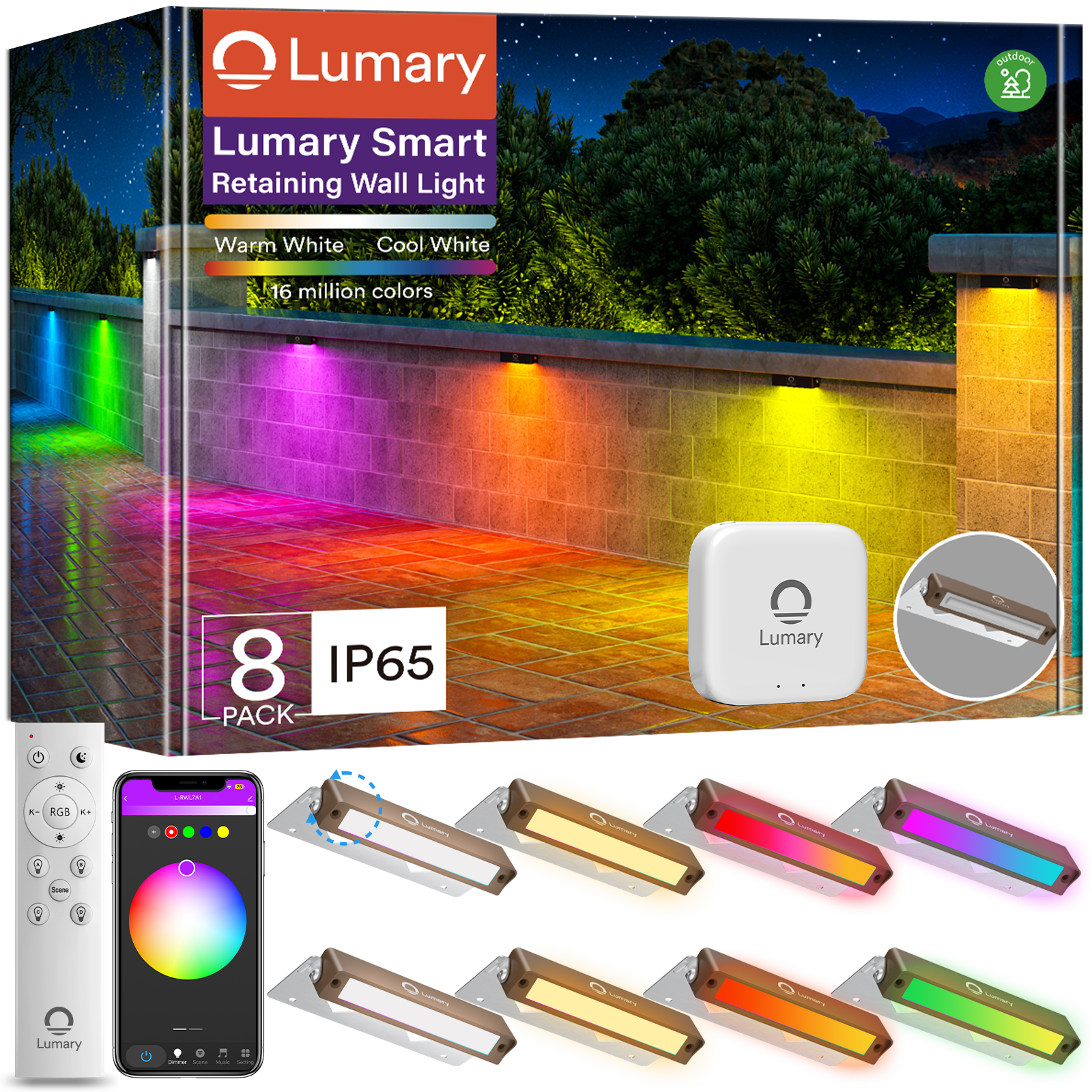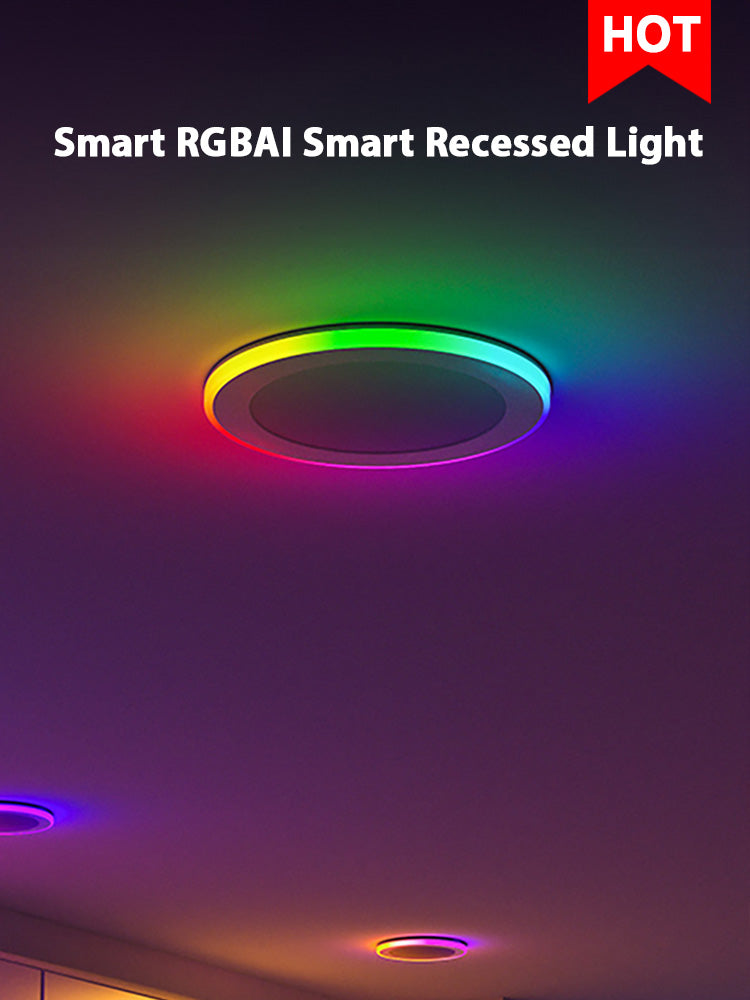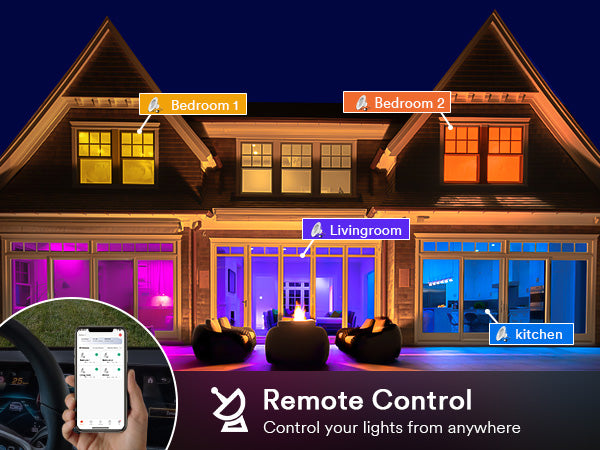Home automation and smart technology have opened up new possibilities for controlling things remotely. One area seeing rapid innovation is smart lighting, which allows you to monitor and control lights from anywhere using your smartphone and other devices. If you're considering installing smart lighting, one key question is - Can they be controlled remotely? The answer is yes; most smart lighting systems come with excellent remote access and control capabilities.

Smart Lighting Allows Wireless Remote Control
Smart lights refer to lighting systems, bulbs, switches, and other digitally connected devices that can communicate wirelessly. This connectivity enables remote monitoring and control of smart lights from your phone, tablet, computer, or other devices. Wireless communication protocols like WiFi(NOTE: Only Support 2.4 GHz), Bluetooth, and Zigbee form the backbone for remote control.
With most smart lighting setups, you simply install wirelessly enabled smart bulbs, switches, or panels. A central hub or bridge device connects to your home router, establishing internet connectivity. Once online, you can tap into your lighting from anywhere using the system's app or web portal. You no longer need to be physically present to turn your lights off - smart lighting adds convenience to remote control.

Utilize Handy Smartphone Apps
The easiest and most common way to access smart lights remotely is through a smartphone app provided by the lighting brand.
These apps allow you to turn lights on or off, dim or brighten them, and change color and warmth settings. You can often group lights for control by room. Smart apps also let you set lighting schedules, so the lights turn on or off automatically at certain times of day or night.
The ability to tap into your lighting from anywhere using the app is a major smart lighting benefit. Before arriving home, you can turn the lights on with your phone to welcome you. When away on vacation, randomly turning lights on/off creates a lived-in appearance to deter break-ins.

Command Lights Via Voice Assistants
Another way to control smart lights remotely is by connecting them to a smart speaker or voice assistant like Amazon Alexa, Google Home, or Apple Siri. With simple voice commands, you can turn lights on and off in different rooms, adjust brightness, and change colors.
Voice control offers convenient, hands-free operation. Whether at home or using the speaker remotely, voice commands let you easily control your smart lighting - no need to pull out your phone or open the app. Voice assistants add accessibility, allowing those with mobility limitations to activate lights through voice.
Access Globally Via Hubs and Bridges
Many smart lighting systems require a central hub or bridge device wired into your home router. This hub connects the lights into one coherent system and enables internet-based remote access.
Consider smart lighting hubs and bridges as gateways that enable you to monitor and manage your lights globally. The hub links things together locally and provides worldwide remote access and control through the cloud.

Automate Lighting With Geofencing
Some smart lighting systems take remote capabilities a step further by integrating with your phone's location services and using geofencing. Geofencing triggers commands when your phone enters or leaves a specific geographic zone.
As you arrive home, lights can turn on automatically as you enter the geofence. When leaving for work, lights activate an away mode or turn off to save energy. Using your phone's location, the lights respond and activate scenes without you needing to actively control anything - making life more convenient.
Schedule Modes for Security
Smart lighting apps allow you to schedule the times your lights turn on/off on certain days. This scheduling, combined with randomly varying light activity, can make homes appear occupied while residents are away on vacation.
You can also program lights to look lived in during typical awake/sleep hours versus off. Having lights mimic real usage patterns enhances security and deters break-ins while traveling. Just make sure to inform neighbors of your away mode lighting patterns.
Scheduling also applies to everyday use, allowing you to ensure lights turn on just before you get home and switch off after you leave. Scheduling reduces energy waste from lights needlessly left on.

Conclusion
In summary, most modern smart lighting systems can be monitored and controlled anywhere in the world using your smartphone, voice assistants, geofencing capabilities, and scheduling. Remote control provides convenience and reduces wasted energy from unnecessary lighting usage. It also allows away modes that make unoccupied homes appear lived-in for improved security. The wireless connectivity and automation of smart lighting deliver simplicity, savings, and accessibility.


